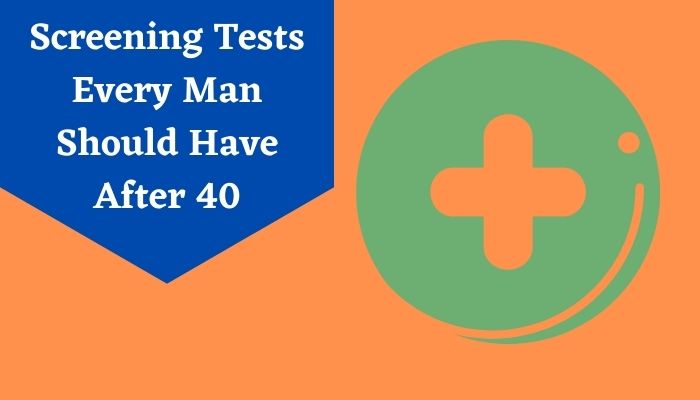Blood typing is a test method that determines which type of blood group you possess. This blood test is performed so that you can safely donate your blood or receive a blood transfusion. This blood type test also enables you to see whether you have a substance called Rh factor on the surface of your red blood cells (RBC) or not. If you receive blood that is not compatible with your blood group, then this could trigger some serious, life-threatening issues.

The cost of the blood group test is Rs. 50-Rs.100. The price may vary depending on your location.
Test Summary
| Is Also known as | The Blood typing test, blood group test, Rh factor test |
| Test Type | Blood |
| Blood typing test includes | Determining the blood group of the person |
| Preparation | No special preparation is required |
| Reporting | Within 24 hrs |
| Test price | The cost of blood group test is between Rs. 50 – Rs. 100 but it may vary from state to state and lab to lab |
| Also included in | Health Insurance Plans |
| Related tests | Complete blood count, blood glucose test |
The Different Blood Types
This blood type test decides what kind of antigens your red blood cells have on the surface. Antigens are components that help your body distinguish between its own cells and foreign particles.The ABO blood typing system groups can be divided into four categories
- Type A has the A antigen
- Type B has the B antigen
- Type AB has both A and B antigens.
- Type O has neither A nor B antigens.
If you receive blood with antigens that you don’t have, then your body will produce antibodies against it. But some people may receive blood that isn’t their blood type.
- O: Since these blood people have no antigens in their blood, hence they can donate blood to anyone. But they will receive only blood from other type O individuals.
- A: People with this blood group can donate to other “A group” individuals and type AB individuals. They will receive blood only from “A group” individuals and type O individuals.
- B: People with type B can donate blood to other B individuals and AB individuals. But they will receive blood only from type B individuals and type O individuals.
- AB: This blood type person can give blood only to other AB individuals, but may receive blood from any type.
Blood Types can further be Divided by the Rh Factor
Rh-Positive: People who have Rh-positive blood possess Rh antigens on the surface of their red blood cells. These people may receive Rh-positive or Rh-negative blood.Rh-Negative: People who have Rh-negative blood don’t possess Rh antigens. These people only receive blood from Rh-negative individuals.
So, there are eight possible types: O-positive, O-negative, A-positive, A-negative, B-positive, B-negative, AB-positive, and AB-negative.
Why is Blood Typing Done?
Blood typing is mandatory when a person wants to donate his/her blood or needs a blood transfusion. A blood typing test is the most convenient and easy test to ensure that you will receive the right kind of blood during surgery or after an injury. Incompatible blood may cause some serious complications to patients.Blood typing is imperative for pregnant women. If the mother is Rh-negative and the father is Rh-positive, then the baby will be Rh-positive. In this scenario, the mother should receive a drug called RhoGAM. This drug will prevent her body from producing antibodies that will kill the baby’s blood cells.
The Risks of Blood Typing
A blood typing test carries very minimal risks, including- Bleeding under the skin (hematoma)
- Fainting
- Infection at the ruptured site
- Excessive bleeding (very rare)
How to Prepare for Blood Typing?
No special preparation is required for this test. You just need to visit a nearby hospital or diagnostic center.How Blood Typing is Performed?
- Once you reach the lab or hospital, a nurse or technician will clean your skin with an antiseptic to prevent infection
- Then, the technician/nurse will tie a band around your arm to make your veins more visible.
- By using a needle, he/she will collect the blood sample from your arm or hand.
- After that, a bandage will be placed over the puncture site


